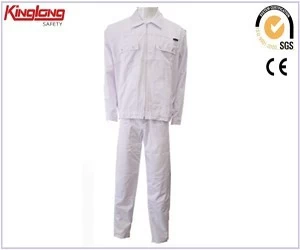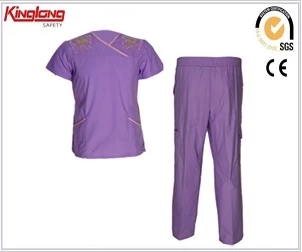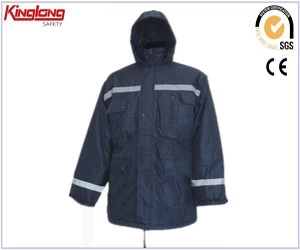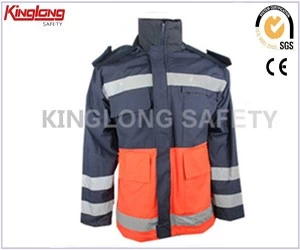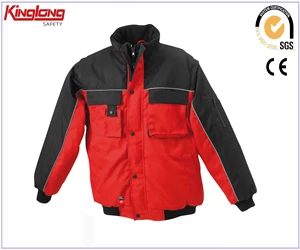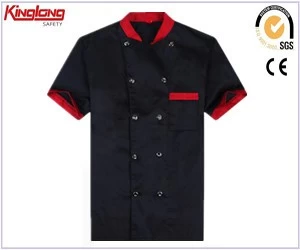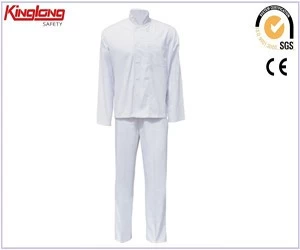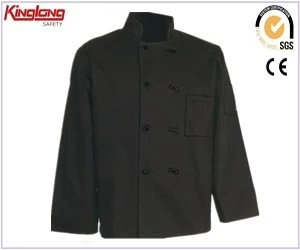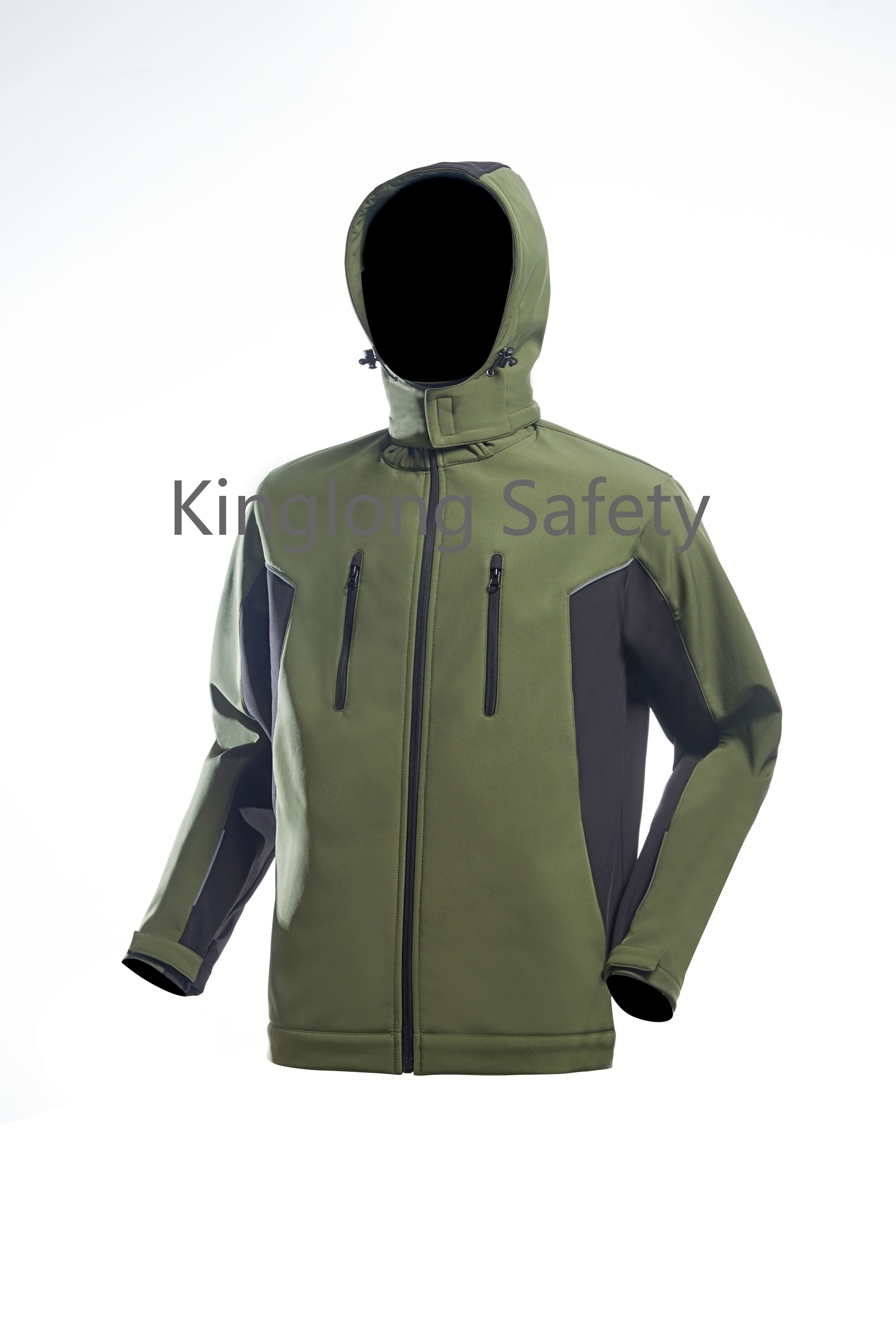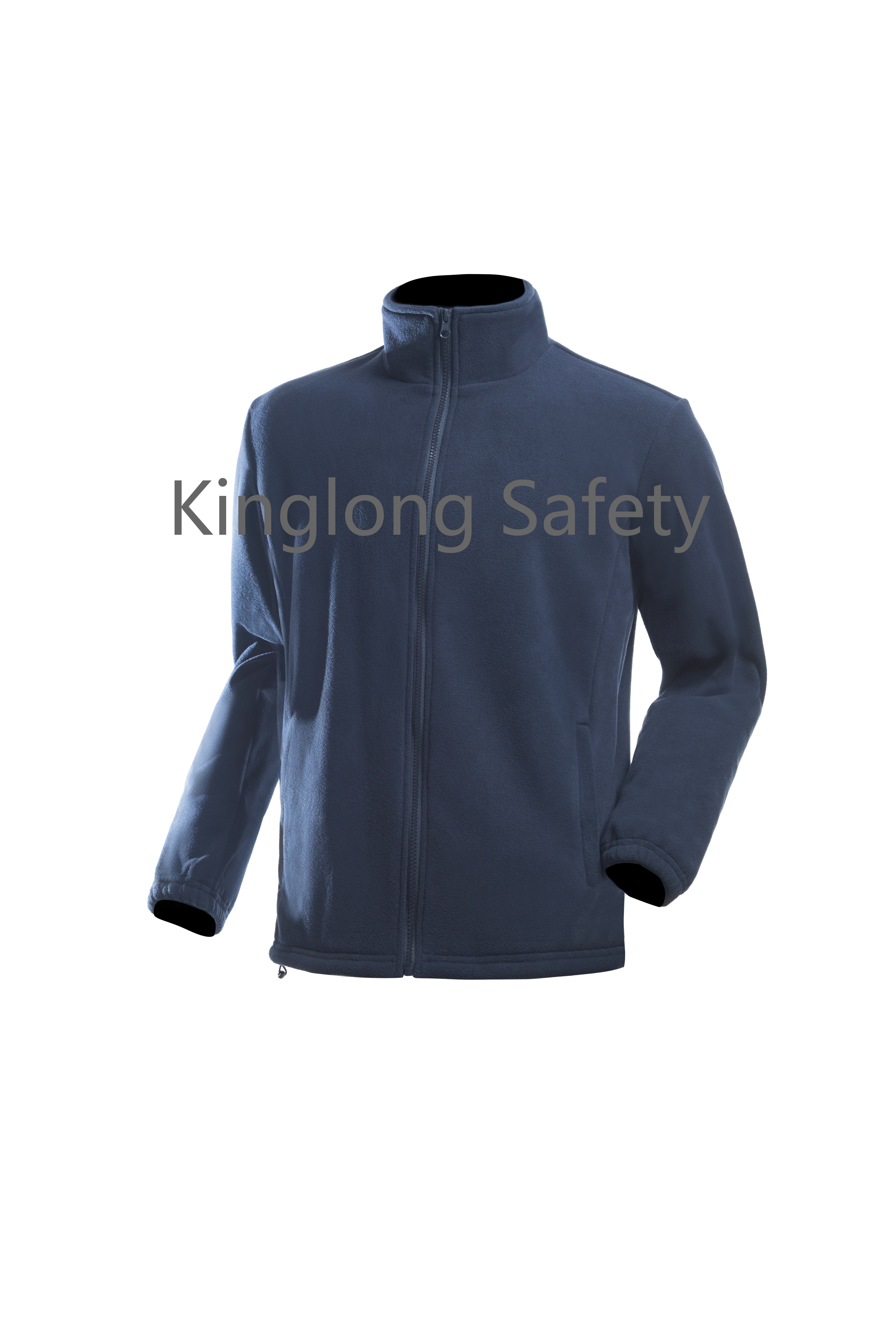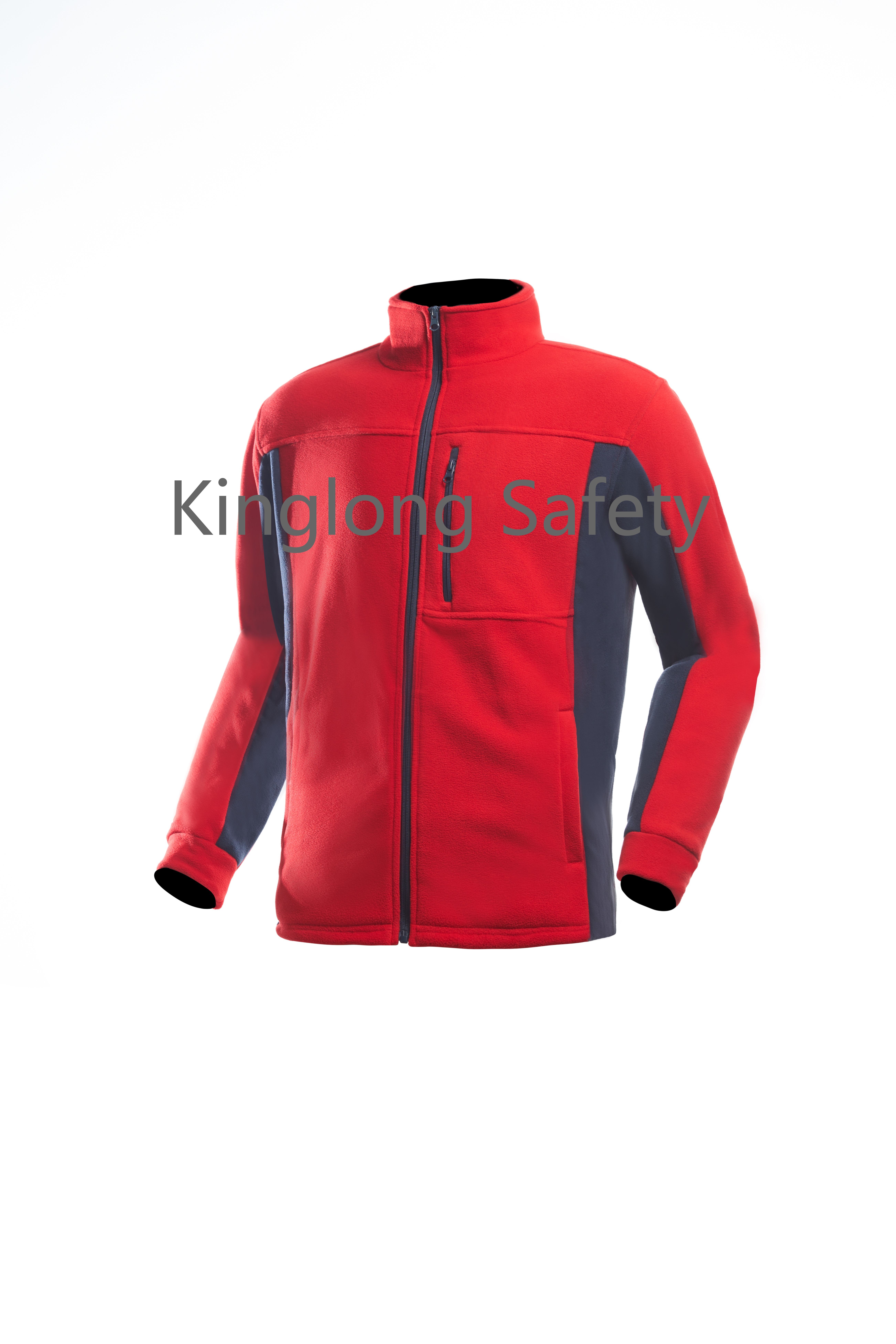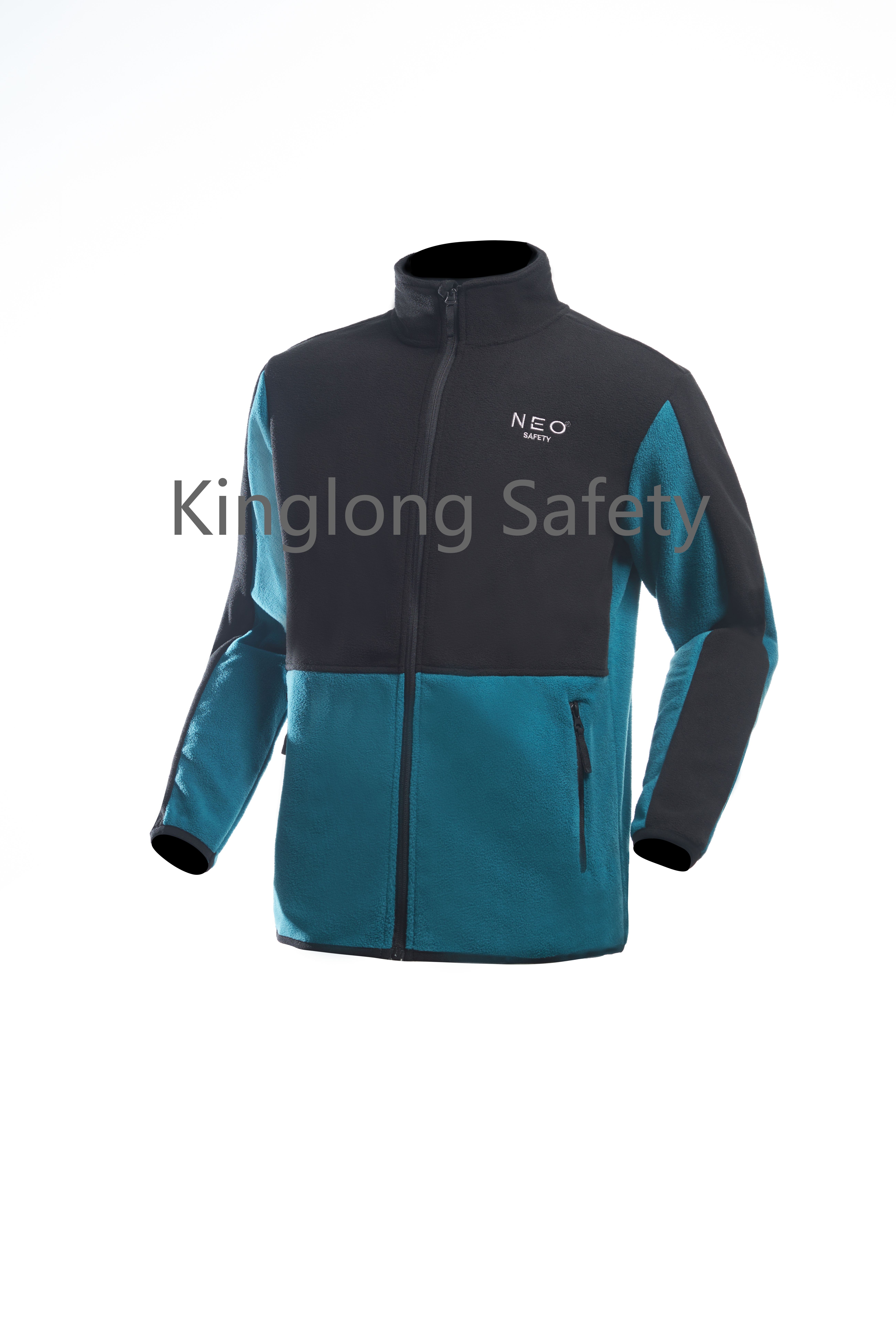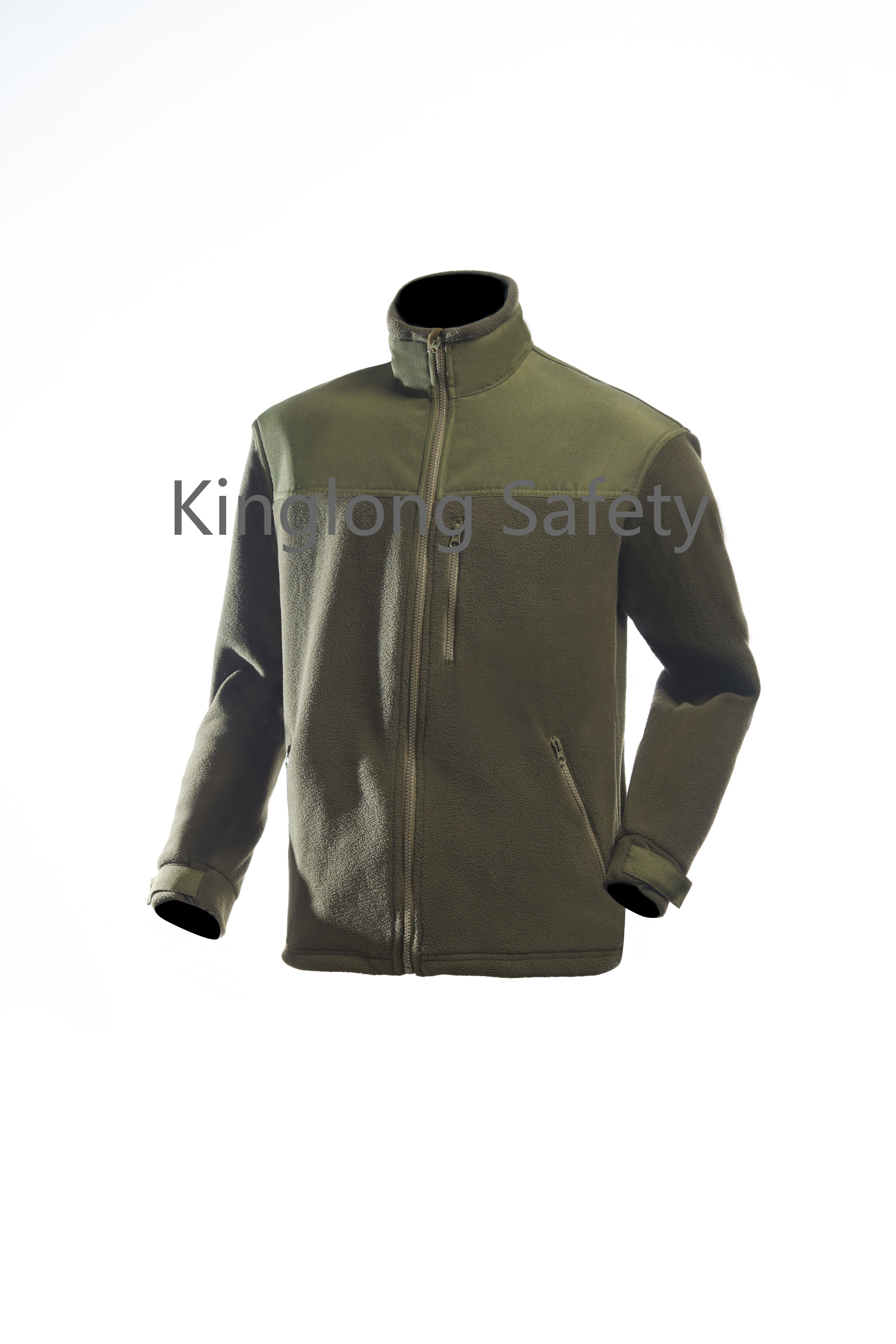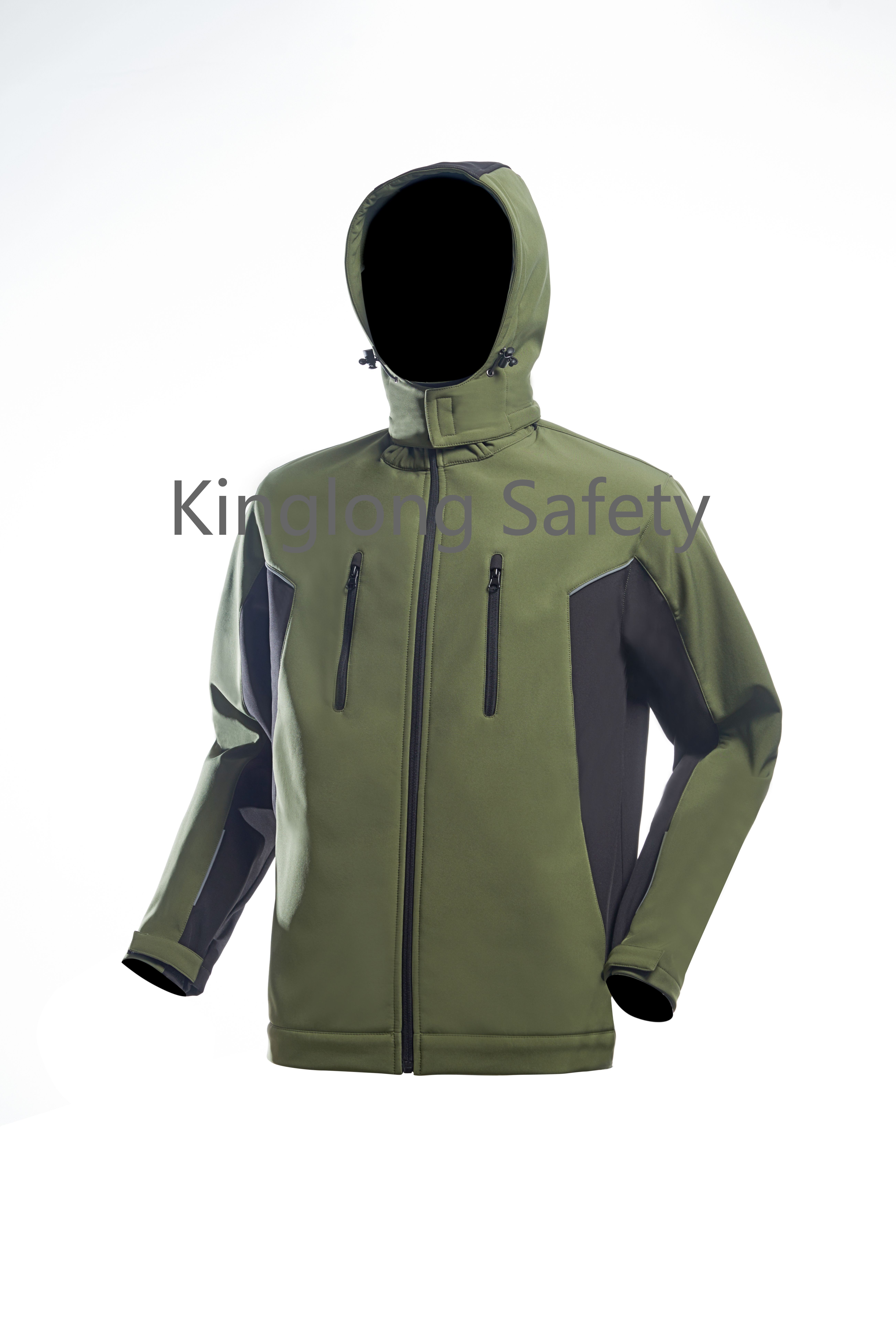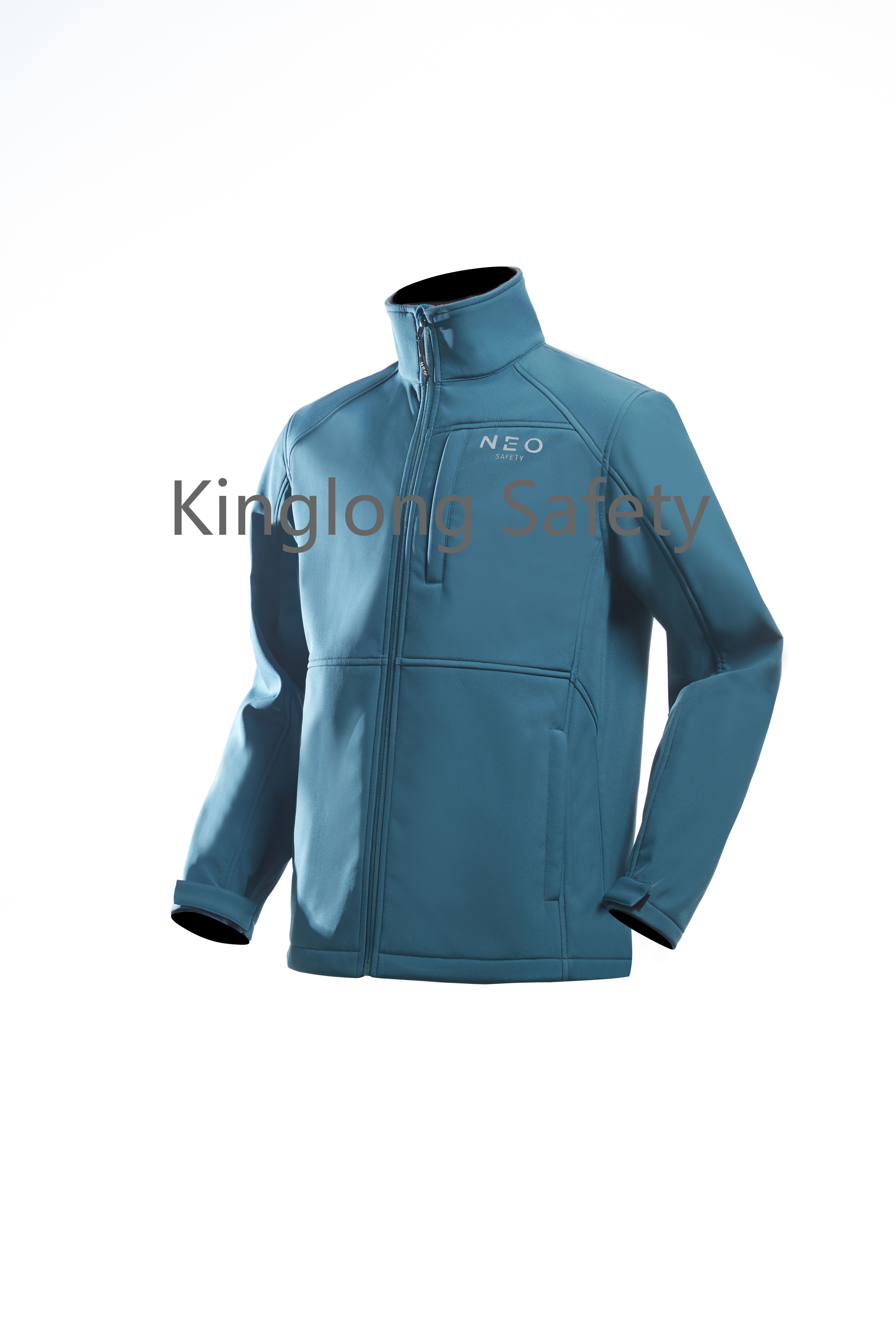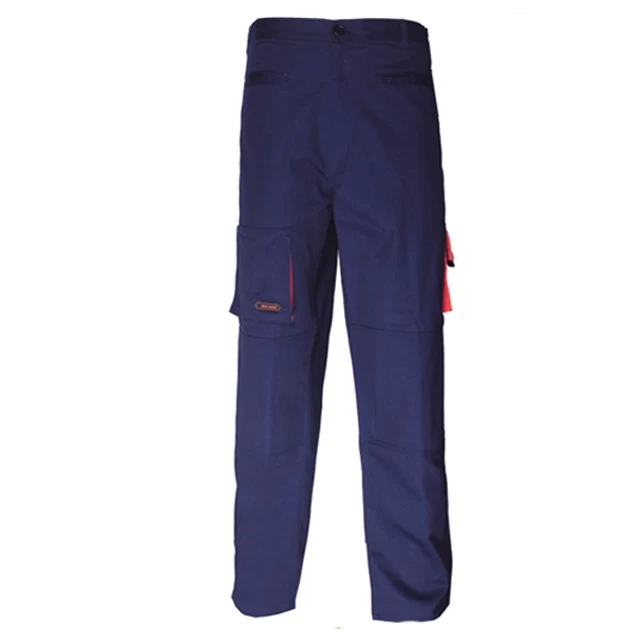How is the polar fleece made??

Polar fleece jacket with oxford reinforcement
Synthetic fibers date back to the nineteenth century, when scientists in England and Germany developed methods of extruding the liquid state of certain chemicals through fine holes, to get thread-like strings. Fiber-glass was made this way, and various other chemical fibers that were ultimately not useful as textiles. A Frenchman, Count Hilaire de Chardonnet, invented an artificial silk in the 1880s, using wood cellulose treated with nitric acid and extruded through a nozzle. Chardonnet silk was the first commercially viable synthetic fabric. In the 1920s, chemists at the Du Pont Laboratories in the United States developed nylon, an artificial fiber made of giant string-shaped molecules. British scientists extended the DuPont research in the 1940s, and came up with another polymer made of string-shaped molecules called polyester.
Polyester fleece is extremely warm because of its structure. The pile surface provides space for air pockets between the threads, and this goes for both sides of the fabric. Because it is moisture-resistant, it can keep wearers warm even under extreme weather conditions. In the United States, the fabric was first made popular by Patagonia, a leading manufacturer of outdoor clothing and equipment. The firm marketed polyester fleece jackets to mountain climbers, and ardent customers tested the new material up and down many peaks. Other out-door clothing manufacturers followed with their own polyester fleece garment lines. Gradually the fabric crossed over from its niche as a high-tech, high-performance textile into general use.
If you want to know more about polar fleece, please visit www.wuhankinglong.com





 Address : 1508, BLK 5,FANHAI SOHO,WANGJIADUN,JIANGHAN DISTRICT,WUHAN, CHINA
Address : 1508, BLK 5,FANHAI SOHO,WANGJIADUN,JIANGHAN DISTRICT,WUHAN, CHINA